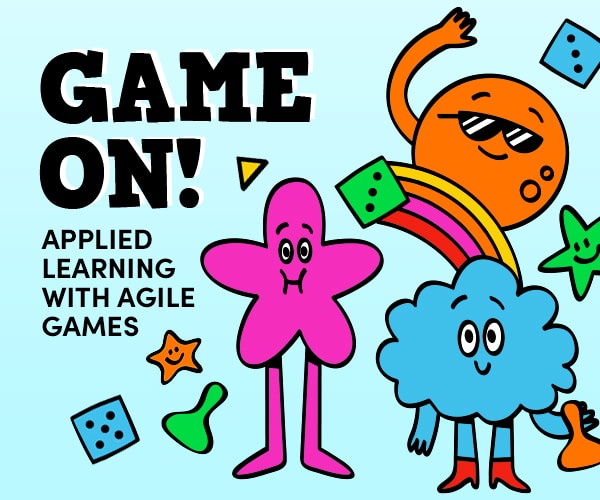Each team (or organization) has 4 items (stories or projects) to complete. We will simulate these by placing suits of cards in order.
Materials
For every 5 people, you’ll need a deck of cards and a stopwatch that provides a means of capturing lap time (often now on telephones as an app). A flip chart and markers to record times for each round would be beneficial.
Preparation
Take out the jokers and any advertisement cards from the deck leaving only the 4 suits. Shuffle these. Deal out the cards face down evenly to 4 of the people (each should have 13 cards), the fifth person will be the timer and should set up the stopwatch. The players should wait a few minutes for final instructions before they look at their cards.
Conventions/Instructions
NOTE: have them put their cards down while the following is explained.
- Explain that the Ace is treated as a one, so the highest value of a suit is the King.
- Explain that the suits need to have their cards laid down one by one in the order described. When any suit is completed (all 13 cards laid down in order), then the timer records the time that occurs. A lap time makes this easy. The timer is also a quality check to ensure the cards are in the right order for the suit.
- The red suits will be laid from left to right in a line lowest (Ace) to highest (King), while the black suits will be laid from left to right highest (King) to lowest (Ace).
- You may not show your cards to other players.
- Only play one card at a time. (Meaning if you happened to have 1-2-3-4 in a particular color dealt to you, you can’t just put all 4 down at once.)
- You can play this single card from whichever suit you think will help your team move forward to completing. You are not required to play a card, though. And there is not necessarily a player order.
At the end, there should be four lines of cards in the correct order for each suit.
Round 1
Facilitator lets you know when to start following the rules above. Timer records the results for when each suit is completed.
Review/Debrief
Timers record each time a suit is completed, preferably on a flip chart so it is visible to everyone else.
What was the approach each team elected to do? How did they decide what card to put down next? (The facilitator should be looking for teams that chose not to multi-task and elected to focus on one suit at a time and noting how their times compare to everyone else’s.)
What was problematic for the teams?
(You may think of other questions.)
Round 2
Set-up, the team passes their cards to another team for shuffling. When that is finished, the deck is passed back. This helps eliminate any team trying to cheat by perhaps putting things in some favorable order.
The facilitator notes that we’re now going to focus on one suit at a time. They should note that if there was a team or two that did this in round 1 and particularly if they performed well, we want to see if that helps everyone. The teams can decide on the order of the suits, but only one suit will be in progress at one time. Everything else about the rules stays the same.
Review/Debrief
Timers record each time a suit is completed, preferably on a flip chart so it is visible to everyone else.
What was the fastest time now for that team this round as it compares to the fastest time for their prior round?
If each second a set of cards completed sat in its row produced the organization $1000, which approach got you earning money faster?
Explain the relationship to working across rows of cards to multi-tasking across stories, tasks, or projects. Rigorously prioritizing and not being distracted can get value delivered sooner. Limiting how many of these projects are in progress helps as well.
Ask, what could your organization do to help this come to fruition? What could you do personally to help?
Options
You could have the rounds done in silence or a round in between those described above done silently. If someone were to recognize doing one row at a time would be quicker, ask what would be the way to get everyone’s attention to try that?
Another option, again as one in between the two above rounds. The team starts by working only on the two red suits (lowering the work in progress to two); once one suit is completed, they can start on another suit but can’t start on the last suit until another is fully complete.
Another option – have a round where you mix suits. The rules would provide additional complexity. Everything is laid out in ascending order of the suits. Odd Spades are mixed with even Hearts, odd Hearts with even Clubs, odd Clubs with even Diamonds, and odd Diamonds with even Spades. (I would have this written somewhere as it is a little hard to remember.) Debrief Qs: How did the teams decide to approach this? How many lines of these did they simultaneously have in progress? (If this or the next approach were added after the standard approach, you could ask how did the team elect to handle this additional complexity?)
A similar approach to above would be that you could have each line start with a different suit and have to have the cards placed down in the rotating order of Spade to Heart to Club to Diamond back to Spade.





